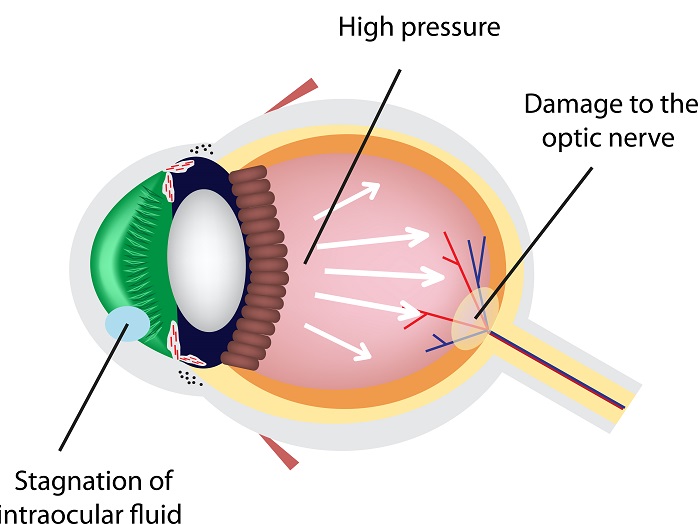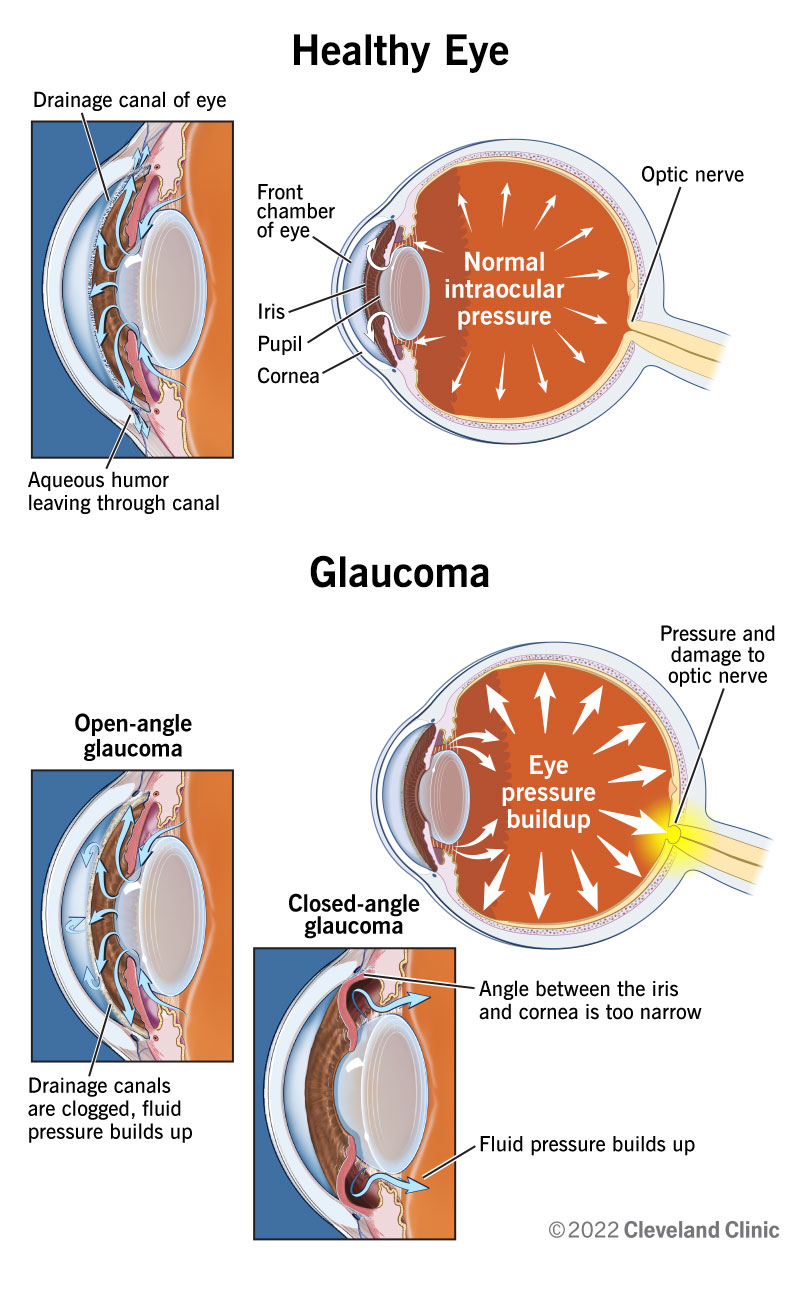Understanding the Various Vision Adjustment Procedures Available for Clearer View
In the world of vision correction procedures, a plethora of alternatives exist to deal with refractive mistakes and offer people with clearer view. Allow's explore the ins and outs of these treatments and shed light on the path to attaining enhanced vision clearness.
LASIK Surgery
LASIK surgical procedure is a typical refractive procedure used to fix vision problems such as nearsightedness, astigmatism, and farsightedness - eyecare near me. This medical technique, which represents Laser-Assisted sitting Keratomileusis, aims to improve the cornea to boost just how light is concentrated on the retina, inevitably enhancing vision clearness. Throughout the procedure, a slim flap is developed on the cornea, and a laser is made use of to remove exact amounts of tissue to reshape it suitably. This reshaping permits for light to be precisely focused onto the retina, remedying refractive errors.
One of the main advantages of LASIK surgery is the fast renovation in vision experienced by clients. Several individuals observe a substantial enhancement in their vision immediately after the procedure. In addition, most clients report marginal pain and discomfort throughout the surgical treatment and recuperation duration. The recovery time for LASIK is fairly fast, with several people returning to their everyday activities within a day or more post-operation. In general, LASIK surgical procedure is a preferred choice for individuals looking for a lasting solution for their vision issues.
PRK Procedure
While additionally an usual refractive treatment, the PRK (Photorefractive Keratectomy) technique varies from LASIK surgical treatment in its method to fixing vision problems. In PRK, as opposed to producing a flap on the cornea, the outer layer of the cornea, called the epithelium, is completely gotten rid of. This enables the laser to reshape the cornea to remedy refractive errors such as farsightedness, astigmatism, and nearsightedness directly externally.

Regardless of the longer recuperation time, PRK can yield outstanding results in vision enhancement, making it a beneficial choice for those that might not be suitable candidates for LASIK surgery.
Implantable Lenses
Unlike PRK where the cornea is reshaped directly, implantable lenses provide another method for fixing vision by placing man-made lenses inside the eye. This procedure is especially helpful for people with high degrees of astigmatism, farsightedness, or nearsightedness that might not appropriate prospects for laser surgical treatments like LASIK or PRK.
Implantable lenses, likewise called phakic intraocular lenses, work by supplementing the eye's natural lens with a fabricated one. glaucoma service near me. These lenses can be placed before the all-natural lens (anterior chamber) or behind the iris and in front of the natural lens (posterior chamber) By adjusting the power and positioning of these lenses, ophthalmologists can effectively correct refractive errors and boost aesthetic skill
One benefit of implantable lenses is that they are exchangeable and removable, providing flexibility for future adjustments. As with any type of medical treatment, there are threats involved, such as infection or cataract development. People considering implantable lenses need to speak with an eye care specialist to identify the most suitable option based on their private demands and eye health and wellness.
Corneal Rings
Corneal rings, likewise referred to as intracorneal ring sectors, are small, transparent tools put into the cornea to deal with vision distortions such as keratoconus. Keratoconus is a problem where the cornea thins and bulges exterior, triggering vision to come to be altered. The insertion of corneal rings helps to squash the cornea, enhancing aesthetic acuity and decreasing the uneven astigmatism triggered by keratoconus.
The procedure for inserting corneal rings is reasonably quick and minimally intrusive, typically done as an outpatient procedure. During the surgical treatment, the ophthalmologist makes a little incision in the cornea and inserts the rings at a details depth. As soon as in location, the rings help to improve the cornea, offering a smoother surface area for light to go into the eye, which can cause clearer vision.
Corneal rings are considered a reversible treatment, as they can be eliminated or changed if required. refractive surgeries in al. While they might not entirely remove the need for glasses or contact lenses, corneal rings can dramatically boost vision quality and overall visual comfort for people with keratoconus or various other corneal abnormalities
Refractive Lens Exchange
Adhering to the improvement of corneal abnormalities with treatments like corneal rings, an additional vision improvement strategy that can resolve refractive mistakes is Refractive Lens Exchange (RLE) RLE is a surgery that includes replacing the eye's natural lens with a fabricated intraocular lens (IOL) to deal with refractive mistakes such as nearsightedness, presbyopia, and farsightedness. This procedure is specifically valuable for people who may not be ideal prospects for procedures like LASIK or PRK due to factors such as slim corneas or high refractive mistakes.

Final Thought
To conclude, there are different vision correction procedures readily available to assist individuals attain clearer sight. LASIK surgical procedure, PRK procedure, implantable lenses, corneal rings, and refractive lens exchange are all alternatives that can resolve various vision problems. It is essential for people to seek advice from their eye care copyright to identify the most appropriate treatment based upon their particular requirements and preferences. With improvements in modern technology, accomplishing enhanced vision is currently a lot more obtainable than in the past.
In the realm of vision modification procedures, a wide range of choices exist to deal with refractive errors and give people with clearer sight.LASIK surgery is an usual refractive treatment utilized to fix vision problems such as astigmatism, farsightedness, and nearsightedness.While additionally a typical refractive procedure, the PRK (Photorefractive Keratectomy) strategy varies from LASIK surgery in its approach to dealing with vision problems.Complying with the modification of corneal irregularities with procedures like corneal rings, an additional vision adjustment strategy that can address refractive mistakes is Refractive Lens Exchange (RLE) LASIK surgical treatment, PRK procedure, implantable lenses, corneal rings, and refractive lens check out here exchange are all alternatives that can deal with various vision issues.